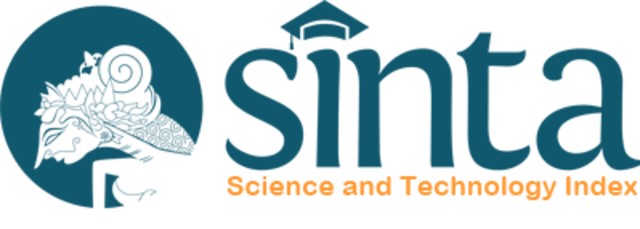Analisis Efektivitas Bantuan Dana Penguatan Modal Lembaga Usaha Ekonomi Pedesaan (Studi Kasus DPM-LUEP, Kabupaten Bogor)
Abstract
The objectives of this study were (1) to identify the characteristics of DPM-LUEP recipient groups, (2) to identify factors affecting income/profit increase in DPM-LUEP recipients, (3) to evaluate the effectiveness of determining requirement processes, the mechanisms of grouping, the distribution and the return of the funds to LUEP. The method of analysis used were (1) descriptive analysis, (2) profitability analysis, and (3) Focus Group Discussion (FGD). The results of the profitability analysis showed that the factors capable of increasing income/profit for DPM-LUEP recipients were (1) the effectiveness in purchasing the raw materials/unpolished rice (the cycles), (2) the increased purchase of raw materials which eventually increased the outcome of the processed products, (3) the decrease of the total cost to the sale income, especially the efficiency of the total variable cost, and (4) the product stock taking while waiting for the increase of product sale price (rice) in the market. Based on the FGD, the dominant problems were found not only in the process of determining the requirements but also in the mechanisms of LUEP grouping as well as the paying back of DPM-LUEP. The efforts necessary to overcome the problems so as to increase the effectiveness of decision and of DPM LUEP distribution include organization strengthening and group management, service quality improvement, increasing the capability and the number of staff, and support of facilities and services. In addition, it is necessary to cut down the bureaucracy stages in the process of decision making and the distribution process of DPM-LUEP, provide fund reserve through APBD I and II, as well as to propose to the central authority to conduct more comprehensive research on requirement, decision making, distribution and the paying back of DPM-LUEP.















